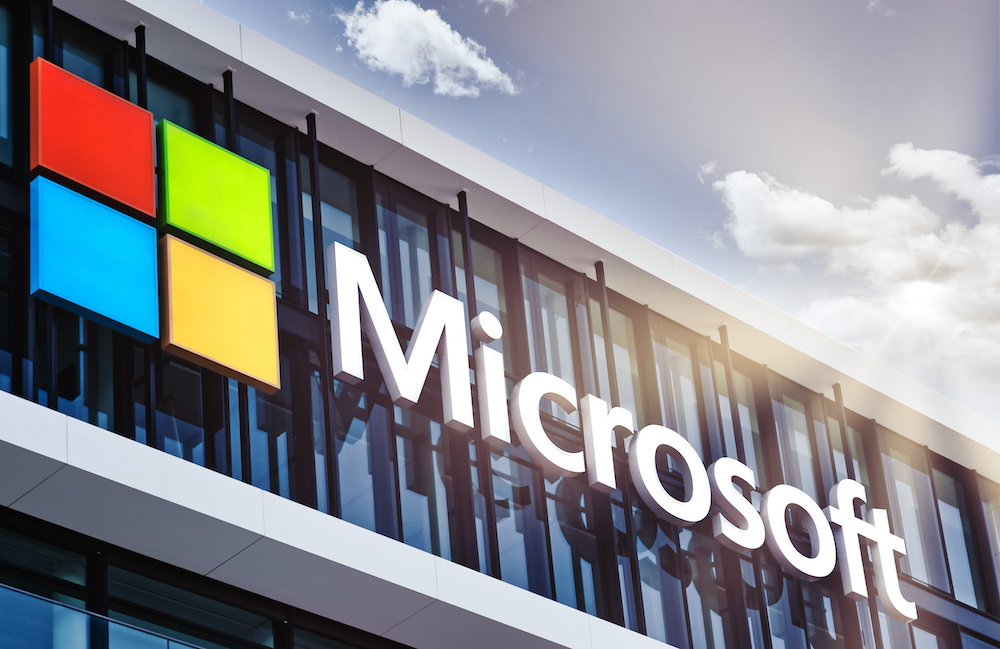
Microsoft has introduced several new partnerships for Azure Operator Nexus, a cloud platform for telecommunications network operators at Mobile World Congress 2023. Its proliferation is an interesting sign of how closely telcos are getting involved with enterprise technology in the age of digital transformation.
Jump to:
What is Azure Operator Nexus?
Azure Operator Nexus is a hybrid, carrier-grade cloud platform for network operators, with AT&T as the flagship customer. Azure Operator Network spun out of the Azure Operator Distributed Services private preview, and is now officially in public preview as of Sunday.
SEE: Hiring Kit: Cloud Engineer (TechRepublic Premium)
The platform helps operators run packet core and virtualized radio access networks, organize subscriber data management, and set billing policies. Microsoft built it from the ground up to handle the carrier-grade network demands of network functions supporting tens of millions of subscribers.
Plus, it provides the same Azure experience offered by the hyperscale public cloud.
AT&T takes its private MEC public
The AT&T public MEC with Azure has already been up to speed in the private preview stage in Atlanta and Dallas; it has since been expanded to Detroit, with other rollouts planned for New York, Los Angeles and Miami. The Azure public MEC is also in private preview with Singtel in Singapore.
AT&T’s edge networking platform offers the same developer experience as Azure, combined with AT&T’s 5G network. The goal is to improve near real-time data in congested areas, such as city centers. Microsoft also touts it as a good solution for crowded fan events like concerts or games. Priority-based traffic at the edge keeps things moving.
SEE: 5G mobile networks: A cheat sheet (TechRepublic)
“Combining AT&T 5G with the Azure public multi-access compute solution is laying the foundation for low-latency use cases, especially across transportation,” said Mike Troiano, senior vice president of products at AT&T Business, in a press release. “With vehicles becoming the ultimate connected device, these edge zones will allow for new and improved driving experiences.
“With each new site, we’re one step closer to seeing the true breadth and depth 5G will unleash for businesses and consumers alike.”
Dell adds open telecom cloud environment services
Microsoft and Dell are working together on Azure Operator Nexus as well. Dell plans to build on Microsoft’s platform to create an engineered system optimized for telecom cloud network deployment.
The plan is to change how multicloud is operated and deployed; in particular, Dell wants to future-proof against the trend of open and application-agnostic ecosystems and disaggregated networks. To do so, Dell joined the Microsoft Azure Operator Nexus System Integrator Program. The telcom cloud operations experience Dell spun out of this partnership will enable end-to-end validation services, automated deployment capabilities and life cycle management tools.
“Communications services providers need open network architecture, and they want partners that will drive system integration and services to accelerate the adoption of these technologies,” said Dennis Hoffman, senior vice president and general manager at Dell Technologies Telecom Systems Business. “In collaboration with Microsoft, Dell aims to deliver on this demand.
“We want to give network operators global choice and confidence to scale modern, cloud-native networks.”
SEE: Hiring Kit: Network Engineer (TechRepublic Premium)
Dell will be in charge of shipping its own open, multivendor, fully integrated Azure Operator Nexus systems across the globe. The organization will handle pre-staging tasks for its communications service provider customers in order to reduce risk around the deployment.
From there, Dell will use integrated, prevalidated platforms in Dell facilities, which ship preconfigured gold-standard infrastructure and ready-to-run operations. It’s all about reducing work and risk for the telecom operator, Dell said.
“Network operators are looking to adopt cloud technology to modernize and monetize the network, lowering network total cost of ownership, driving operational efficiency and resiliency and improving security,” said Yousef Khalidi, corporate vice president Azure for Operators at Microsoft. “Our collaboration with Dell helps us deliver an innovative, carrier-grade platform to operators that are looking to deploy the next generation of network technology.”
BCIS introduces 5G IoT roaming for public and private networks
In other news, Microsoft and international mobility and 5G provider BCIS have announced a solution for a SIM and eSIM management platform that handles network roaming between public and private networks. It is now available for Microsoft partners building solutions with the Azure private MEC. The BCIS solution is made up of SIMs, eSIMS and a SIM management platform.
Connectivity can drop when an enterprise device leaves a facility or cannot switch between higher and lower levels of security depending on their location. Instead, the Microsoft SIMs and eSIMs can roam between public and private networks without sacrificing connectivity.
Meanwhile, the operators can use the connectivity management platform to integrate these SIMs and eSIMs. The platform removes the need to manage integrations with each mobile network operator one at a time.
Possible use cases include Internet of Things nodes or AI-powered devices.
“It’s unrealistic to expect even the most technology-savvy enterprises to be experts in telco, and yet, this has become an expectation today when establishing roaming for IoT-enabled devices,” said Divya Ghai Wakankar, vice president of enterprise business and marketing at BICS.
Read next
Other companies are trying to get in on the enterprise connectivity space as well. Cisco and NTT recently announced a private 5G push for enterprise. Dell unveiled its own Private 5G program, and enterprise experts keep an eye on 5G transformation.
